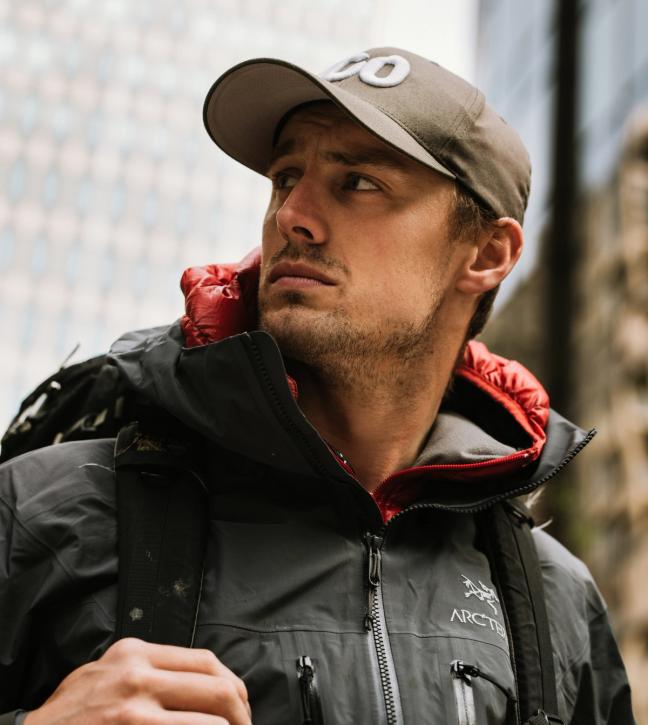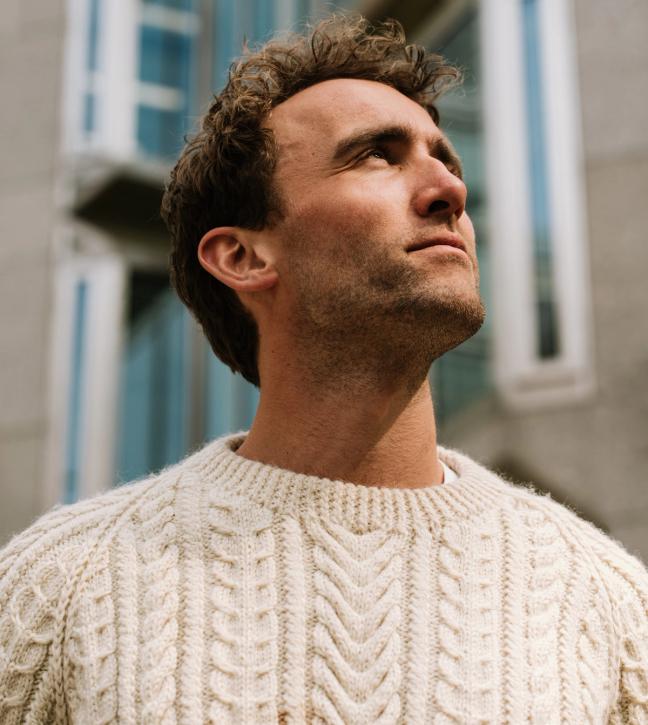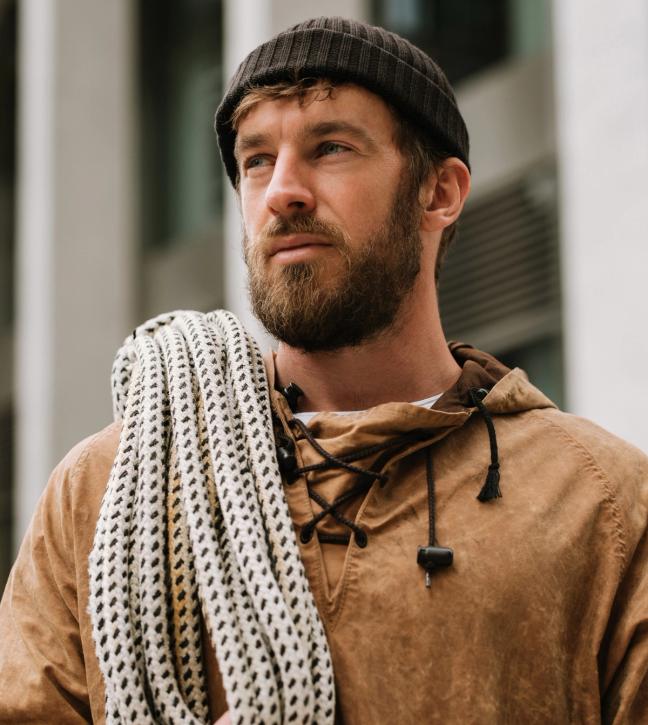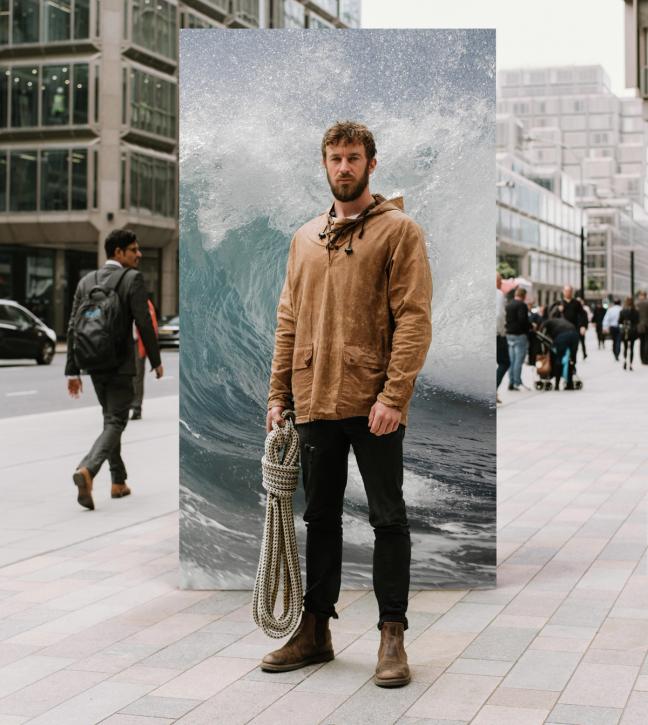“Men wanted,” British explorer Ernest Shackleton once advertised, “For hazardous journey. Small wages, bitter cold, long months of complete darkness, constant danger. Safe return doubtful.”
Then, doubtlessly upon re-reading the classified, he added: “Honour and recognition in case of success”.
The ‘hazardous’ journey in question was the Nimrod Expedition of 1907 — one of the jewels in the crown of the Heroic Age of Antarctic Exploration. And it was this intrepid adventure that ensured Shackleton would be remembered as one of the most legendary pioneers in British history.
Over a century later, the exploration game has changed. Jet engines have taken off, and made our world considerably smaller. Satellites soar around in orbit, mapping every region on earth remotely. And, with more and more contenders sailing, scaling and racing across the seven continents than ever before, there are even fewer records to be set.
But exploration still holds promise for those with the drive and resources to pursue it. Among the youngest generation of adventurers, there are scientists, filmmakers and entrepreneurs scouting and surveying the planet through new excited eyes. Gentleman’s Journal rounded up four of the most exciting young explorers — plucking them from their natural habitats to the streets of London — to discuss: What place does the explorer have in today’s world?
George Bullard, 30, is on a mission to make adventure accessible to all


“Only some parts of exploration are still about exploring,” George Bullard says cryptically, adjusting the straps of his backpack. It’s a curious remark, and one the 30-year-old is quick to clarify. “We can still explore space, for example, or certain parts of the ocean in the Shackleton sense of the word. But, with most expeditions and exploration that happens today, there has to be a clearer purpose.”
Times have changed, according to the adventurer, and it is getting increasingly harder for explorers to justify spending time, money and resources travelling to far-flung destinations for the achievement alone.
“I’ve been lucky enough to do a lot of things which, potentially, during Shackleton’s time might have made the front page,” says Bullard, whose past expeditions include kayaking the North Atlantic, trekking the Arctic and cycling the length of Europe. “But people don’t care about us doing that sort of thing anymore. It just doesn’t affect them. So now we’ve got to give them a reason to care.”
"People don’t care about us doing that sort of thing anymore. It just doesn’t affect them..."
And Bullard has built a career on presenting these reasons to the masses. As a proud partner and head ambassador of IGO Adventures, the explorer has created a series of six world-spanning itineraries that bring adventure within reach of everyone. And, as an individual, he has taken on eco-missions around the world — gathering important scientific data to investigate climate change. “We’re putting people on the ground,” says Bullard proudly. “I’ve made a real effort to leave a legacy for good.”
What do you always pack? “A long-handled spoon. When you’re on an adventure, your whole day is focused on survival. And a spoon, for me, spells food. It may sound weird, but it’s a massive morale booster.”
When was your most dangerous moment? “I was once leader on an expedition that was attacked by a polar bear. That’s when I realised we’re fragile — just vulnerable sacks of organs. We act like we own the place; we don’t.”
Where is your dream destination? “I’m really excited to spend a winter on the Arctic Ocean, gathering information — raw data that will genuinely advance human’s understanding of this incredibly pivotal barometer to our planet.”
Ross Turner, 30, is a golden age explorer for the 21st Century


Ross Turner is a new breed of polar explorer. Along with his twin brother, Hugo, the 30-year-old has tasked himself with conquering the most far-flung locations on Earth: the so-called ‘poles of inaccessibility’. These poles are both more diverse and more numerous that the North and South Poles we’re familiar with. Officially, they are the found at the furthest inland points of land masses, and Turner has seen his fair share.
“In 2016, we did our first pole,” the explorer counts on his fingers, “which was Australia. In 2017, we cycled across South America to the Green Pole. Last year, we did the Bad Pole of North America. And, this year, we’re off to the Iberian Pole testing electric motorbikes.”
But perhaps the Turner Twins’ greatest achievement came in 2014, when they charted a course to Greenland to celebrate the centenary of Shackleton’s greatest adventure, the Imperial Trans-Antarctic Expedition. Hugo Turner wore modern gear for the trip, while Ross kitted himself out in Shackleton-era clothing. “Once we got there,” says Turner, holding up one of his leather hob-nailed boots, “it became clear that the old kit was much better than people thought. These shoes were comfortable, the tweed trousers warm and the woolly jumpers fantastic — not to mention far more sustainable.”
"This year, we’re off to the Iberian Pole — testing electric motorbikes..."
Turner is a firm advocate for the old ways. Even the Twins’ latest foray into electric travel is a push for ‘green’ exploration. And a key part of bringing sustainable adventure into the future, Turner says, is by looking to the past. “The science, tech and marketing behind modern brands is effective,” he says, “But the truth is that they still did these things 100 years ago. Old kit is very good, far more sustainable and comes without these massive price tags.”
What do you always pack? “There’s lots of equipment we’d never go without, but I’d say my watch. Breitling’s Emergency II. Pull it anywhere in the world and you’ll get a rescue.”
When was your most dangerous moment? “On a bus on the Brazilian border. Two vehicles screamed past us and handbrake-turned, creating a road-block. We’d heard about cartels dressing like military officers, so these guys boarded the bus with machine guns, pulled this guy off the back of the bus and took a brick of cocaine off him. That was pretty touch-and-go.”
Where is your dream destination? “I’d love to go to Mongolia. The least-densely populated country in the world. There’s really nothing, but it’s beautiful. Millions of acres of grassland.”
James Aiken, 33, is a sailor on a search for solitude


“The sea is a barrier,” smiles James Aiken, the 33-year-old adventure sailor whose solo journeys have taken him into the furthest waves of the North Atlantic. “But I’m fortunate enough to have crossed to places that are untouched by human presence. I find it so fulfilling to just immerse myself in places where I could be the only person for 100 miles. I don’t set agendas or fixed waypoints. I just try to find solace in remote places.”
His sounds like quite the life. But, aboard Aiken’s 33-foot yacht, Oaken Yarn, the sailor remains acutely aware that his existence is very different to that of his old seaborne heroes. For Aiken is also a filmmaker, and uses modern technology to document his travels in a unique way. However — and the sailor stresses this as key — he still knows when to turn the tech off.
“I have a very traditional approach to adventure,” Aiken explains. “We’re in a world where high-tech gear is thrown at every challenge and, sometimes, I think that takes away from it. If you have a satellite phone, that negates the need for you to learn celestial navigation. It separates you from these wild situations.”
"I have a very traditional approach to adventure..."
So has technology tarnished the shine of the Golden Age of Exploration? “I think it just takes away the learning,” the sailor considers. “There are certain things you’ll miss if you’re always staring at a screen. But I don’t want to be irresponsible. I may be cavalier with my own safety, but if I’m taking ten tonnes of lead and diesel and fibreglass to a super remote location, I don’t want to run that toxic stuff aground in that location. There’s a balance.”
What do you always pack? “A 6mm wetsuit, with an in-built hood. A lot of sailors don’t get in the water. But there’s nothing I love more. I free dive, check the underside of the boat, forage for food. It’s important to feel comfortable in the water.”
When was your most dangerous moment? “Sailing back from Norway single-handedly. All of the conditions were bad; large breaking waves, strong winds, shipping lanes. It was the middle of the night and I’d been up for 48 hours. But I just pulled back and kept the boat safe. I just slowed down, took the pressure out of the rig, and slowly made my way.”
Where is your dream destination? “I’m gradually building towards full circumnavigation. But I think I have to be realistic — I’m going to do it my own way, take an interesting route, but always keep a connection with the UK to maintain a career.”
Charlie Smith, 23, is chronicling the world for future generations


“If you look at the Golden Age of Exploration,” considers Charlie Smith, filmmaker and co-founder of Expedition Studios, “it was about discovering new lands, finding new places. And that’s obviously more difficult to do now we’ve got satellite imagery. There are fewer places left to be found.”
The role of the explorer, Smith continues, is no longer about finding new lands. Instead, with climate change affecting global environments, and the growing population destroying swathes of the natural world, it’s about documenting places that aren’t going to be around forever.
“There’s an obligation for modern explorers to go to these places,” the 23-year-old says, “to get a snapshot of what life was like before these changes, to show the generations to come.”
Smith’s Expedition Studios, formed by a group of outdoor-focused friends, have so far taken snapshots of Sumatra, Malawi, New Zealand and Iceland, among countless other countries. And the team will pack up and ship out to document most any destination — with one key proviso.
“As long as the story is there, we will try to tell it,” explains Smith. “It’s not about manufactured challenges or records for us; it’s about real lives. That’s the difference between an expedition and an adventure — whether there’s a sense of authenticity.
“As long as the story is there, we will try to tell it...”
“At the end of the day, exploration has always been about documenting. And even what we’re documenting hasn’t really changed. It’s just the reason that we’re documenting it.”
What do you always pack? “A buff, a neck warmer given to me by a campsite manager in Kirby Stephen when I was doing D of E. It’s a down-to-earther for me, a nice little throwback.”
When was your most dangerous moment?“I was in Iceland last year, filming the Iceman Polar Race. My goggles were freezing over so much that I just ended up taking them off. And I went snow-blind. I’ve never been in so much pain. Hands-down the worst pain ever — like having a lighter pushed up against your eye.”
Where is your dream destination? “There’s a project called the ’Indian Rivers Inter-link’, and it’s the biggest construction project on Earth — joining 39 rivers to redistribute water across the country. It’s creating the world’s longest river, so I’d love to follow its length — before it’s laid — to capture what life was like before. For posterity.”
Check out what happened when we took a Bentley Continental GT across the Cotswolds…

Become a Gentleman’s Journal Member?
Like the Gentleman’s Journal? Why not join the Clubhouse, a special kind of private club where members receive offers and experiences from hand-picked, premium brands. You will also receive invites to exclusive events, the quarterly print magazine delivered directly to your door and your own membership card.


